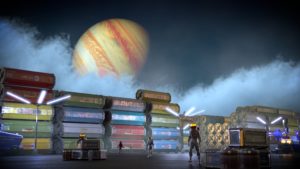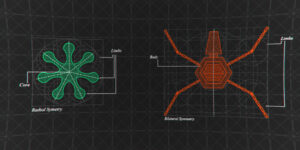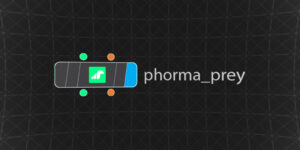Getting the internal mechanics of this system to work requires a lot of back and forth through testing, and troubleshooting. The system might behave correctly in a particular scenario, but fail when the conditions are changed. During the last few days, I’ve been dedicated to polishing the systems within the HDAs of the creatures.
The most notables fixes and changes include the following:
Miscellaneous
- Updated the way both creatures read the terrain in order to adapt themselves to it. Originally it was working with polygonal geometry, but it was updated to be able to understand heightfields. This not only optimizes speed but also increases the precision of the path generated.
- Added a boundary rule so no matter where the creature is placed, it doesn’t go beyond the limits of the terrain.
- Added a direction initial parameter to control its deterministic path orientation.
- Smoothed down the movement along their paths in a way that makes their center of gravity behavior more natural.
- Added an idle motion for when the creatures are not walking.
For the Prey
- Leg length adjustments for better locomotion.
- Internal design fixes to address geometry disconnection when adjusting certain morphology parameters.
- Internal transformation revisions that address a misalignment of the control rig and the geometry.
- Implemented a bone capture and weights workaround to allow for more desirable deformations.
Prey Creature Before Adjustments
When binding the control rig with the geometry, there’s no evident way to control the influence of the underlying skeleton, creating this mushy result.
Prey Creature Motion After Fixes
After implementing the modifications, the motion of the creature is much more believable. The solution to achieve this was to separate the binding into two sections, using two separate streams, one for the legs and their respective control rig, and another one for the body and top bud.
Idle Motion on Prey Creature
This idle behavior complements the motion when the creature stops walking.
Idle Motion on Hunter Creature
The next steps will include stress testing and path alteration and influence by surrounding creatures. Initially, my goal is to try to have the hunter seek the prey, and have the prey evade the hunter. It’s worth mentioning that all this behavior will continue to be semi-deterministic since it will allow for maximum control and art direction. If time permits, a more dynamic and spontaneous solution will be implemented.
This concludes this update. Thank you for reading. Until next post!



